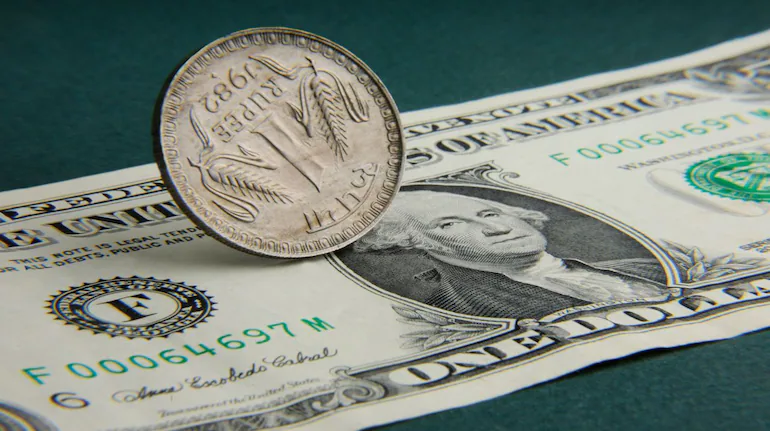Rupee Falls: Rupee today, i.e. on 3 February, has reached its record all-time low. It has seen a decline of 67 paise against the US dollar and has reached an all-time low of Rs 87.29 per dollar.
According to experts, the reason for this decline in the rupee is Trump’s imposition of tariffs on Canada, Mexico and China, which forex traders have described as the first step of a global trade war. Apart from this, geo-political tensions have also had a negative impact on the rupee.
Table of Contents
Rupee Falls: On 1 February, the US President had announced the imposition of extra tariffs on three countries
US President Donald Trump had announced 25% tariffs on Canada and Mexico and an extra 10% tariff on China on 1 February. However, he did not name India during this time. Earlier, he had threatened to impose high tariffs on countries like India, China and Brazil at a program in Florida.
Trump has threatened to impose 100% tariffs on BRICS countries several times. India, Brazil and China are all part of BRICS. Apart from this, Trump has complained about India imposing very high tariffs on American products. In such a situation, there was a threat of tariffs on India as well.
Imports will become expensive
The fall in the rupee means that importing things will become expensive for India. Apart from this, travelling and studying abroad has also become expensive. Suppose when the value of the rupee was 50 against the dollar, then Indian students in America used to get 1 dollar for 50 rupees. Now students will have to spend 86.31 rupees for 1 dollar. This will make everything from fees to accommodation and food and other things expensive.
How is the price of currency decided?
If the value of any other currency decreases in comparison to the dollar, then it is called the fall, break, weakening of the currency. Currency depreciation in English. Every country has a foreign currency reserve, with which it does international transactions. The effect of the decrease and increase in foreign reserves is seen on the price of the currency.
If the dollar in India’s foreign reserve is equal to the US rupee reserve, then the value of rupee will remain stable. If our dollar reserves decrease, then rupee will weaken, if it increases, rupee will strengthen. This is called floating rate system.
Also Read: Delhi Election 2025: Campaigning Ends, Voting on February 5, Fate to Be Decided on Feb 8





